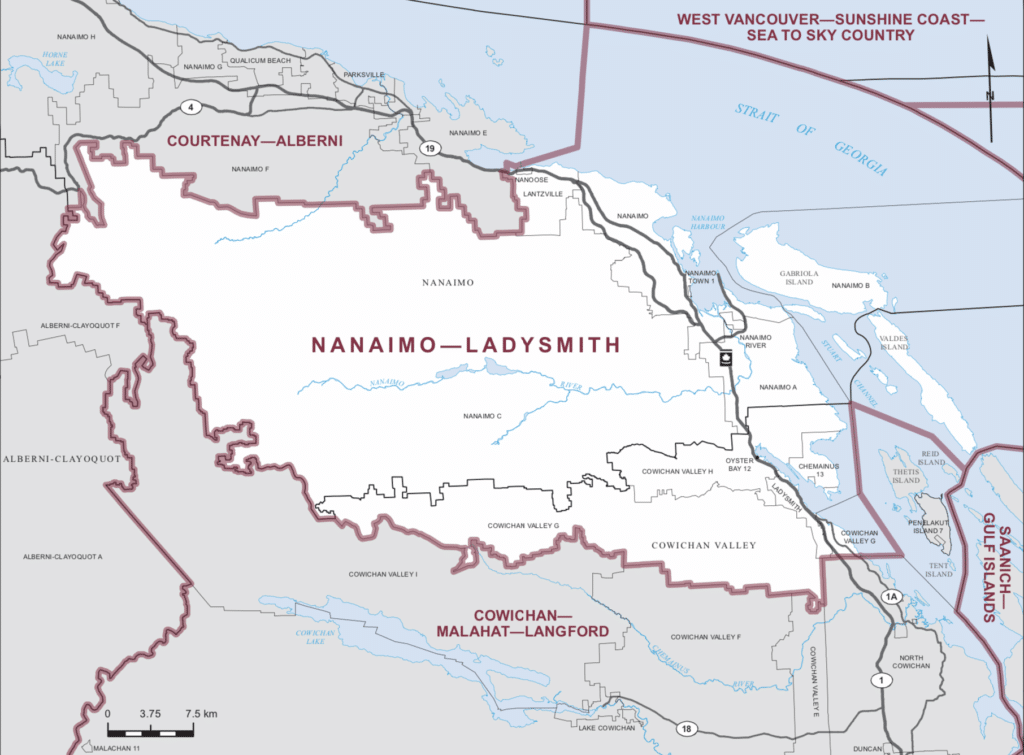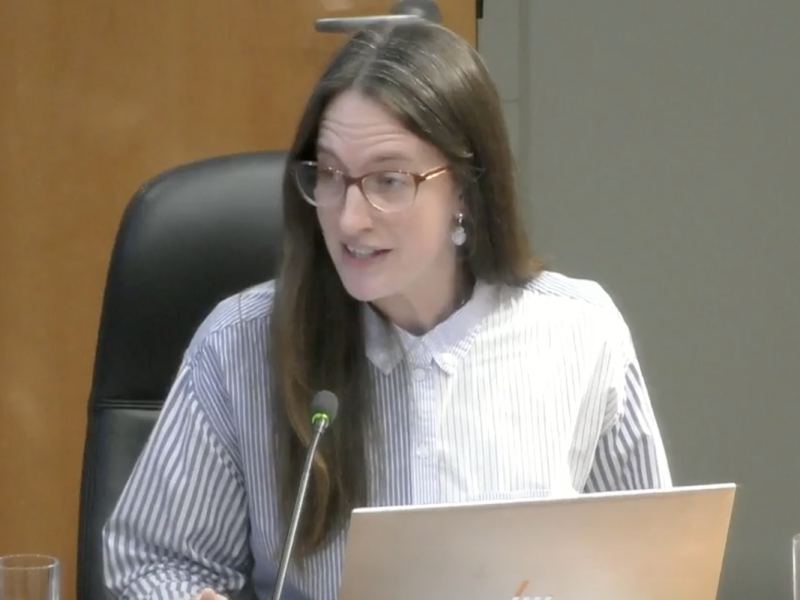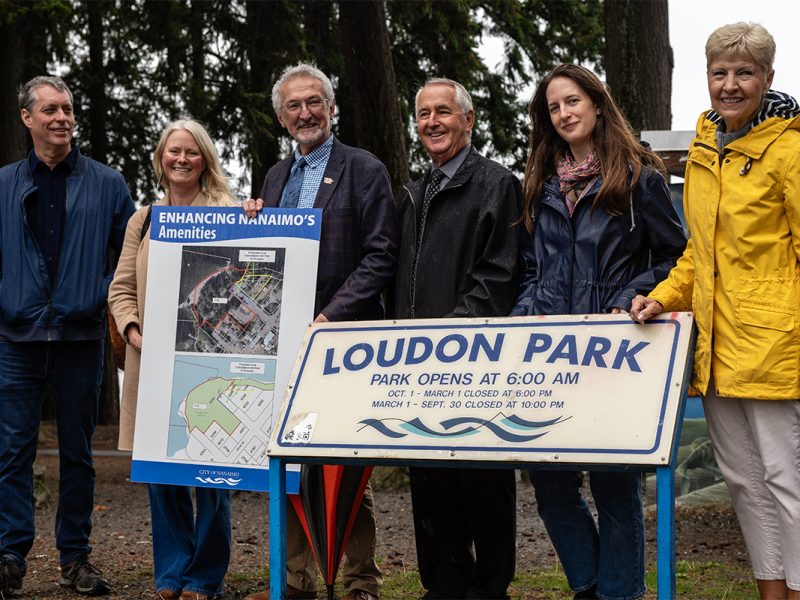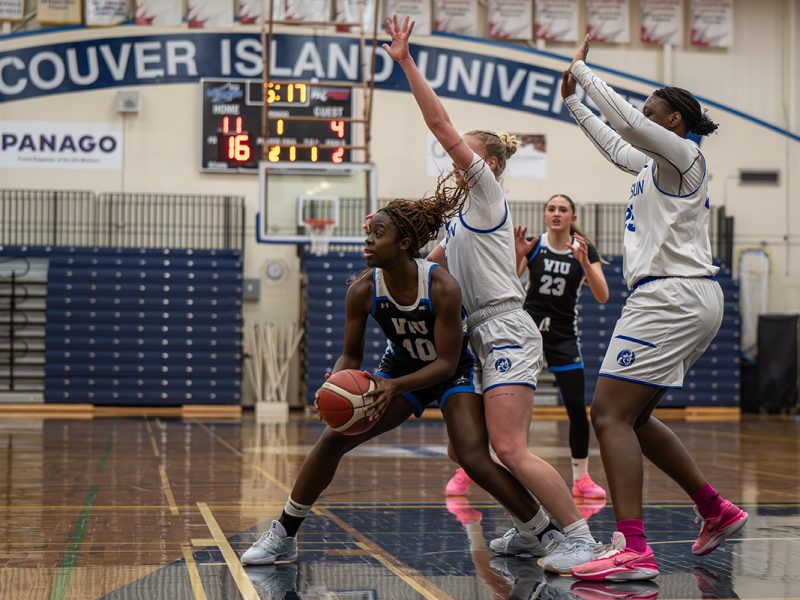
Sign up for our weekly newsletter, Nanaimo This Week, for the latest updates on our reporting.
We’re committed to election coverage that responds to questions and concerns surfaced by community members. Many of you filled out this survey and told us what you want local candidates to address.
Here’s what you need to know about the Nanaimo-Ladysmith riding, including a brief summary of the top three issues surfaced by local voters and how they’ve been addressed by the candidates of major parties* so far.
What are the Nanaimo-Ladysmith riding boundaries?
If you live within the bounds of the Regional District of Nanaimo, this is most likely your riding. It encompasses the City of Nanaimo, the District Municipality of Lantzville, Nanoose Indian Reserve, Nanaimo River Indian Reserves Nos. 2, 3 and 4, Nanaimo Town Indian Reserve No. 1, Cedar, Cassidy and Gabriola Island.
Some parts of the Cowichan Valley region are also included, such as the Town of Ladysmith, Chemainus Indian Reserve No. 13 and Oyster Bay Indian Reserve No. 12.
Who are the Nanaimo-Ladysmith candidates?
Lisa Marie Barron, NDP (Facebook, website)
Michelle Corfield, Liberal Party (Facebook, website)
Tamara Kronis, Conservative Party (Facebook, website)
Paul Manly, Green Party (Facebook, website)
Stephen Welton, People’s Party (Facebook, website)
What are the major party platforms?
Liberal commitments (a complete platform has not been posted at the time of writing)
What have major party candidates* said about the top three issues Nanaimo voters told us they care about?
To request that additional information be included in these sections, send us an email.
1. Housing affordability for everyone
The Green Party’s Paul Manly has said public spending on housing is only part of the solution and points to his parliamentary petition to address the financialization through a fair taxation system and his work to declare housing affordability a national crisis. The party has previously committed to a housing-first policy.
Liberal candidate Michelle Corfield has said she aims to bring her party’s National Housing Strategy “home” to Nanaimo-Ladysmith and recently pointed to new Liberal commitments on housing, such as loans and grants for first-time homebuyers, building or repairing 1.4 million homes and reviewing tax treatment of large corporate housing speculators.
NDP candidate Lisa Marie Barron has pointed to the NDP’s commitments to crack down on housing speculation with a 20 per cent foreign buyers tax and by waiving federal sales tax on the construction of new affordable rental units. The party has said it will build 500,000 new units of affordable housing in the next 10 years.
The Conservative Party has committed to incentivise the construction of housing in the private sector, review Canada’s real estate portfolio in order to free up housing and encourage corporations and private landowners to donate property to land trusts to create more affordable housing.
Further reading: Main federal parties all say they’ll make housing more affordable. Here’s what we know about their plans (CBC).
2. A credible plan to address climate change
Liberal candidate Michelle Corfield has pointed to the Liberal government’s climate plan that aims to invest in clean energy, energy-efficient homes and buildings and public transportation while supporting large industrial emitters in transitioning to net-zero.
The NDP’s Lisa Marie Barron has pointed to her party’s promise to kill fossil fuel subsidies and support Indigenous-led conservation. The NDP has also committed to a new Canadian Climate Bank to invest in renewable energy and low-carbon technologies.
The Conservative platform says it will incentivize carbon capture and storage, encourage carbon offsets in the forestry and agriculture sectors and support “natural climate solutions” like forest and agriculture management and land restoration.
The Green Party’s Paul Manly has addressed climate change many times in parliament, challenging government subsidies for the fossil fuel sector and spending on the Trans Mountain pipeline, while pressing for building retrofits and other major public green infrastructure projects. Manly has worked to secure a national ban on fracking.
Further reading: How the four main federal parties plan to fight the climate crisis (Canada’s National Observer).
Vancouver Island’s federal candidates say climate change is a top priority (CBC).
3. Meaningful steps toward reconciliation
The Conservative Party’s platform states that it will invest in infrastructure projects that support reconciliation as well as a “For Indigenous, By Indigenous” housing plan. They also propose efforts toward “making amends for past injustices” through education, a plan to implement the Truth and Reconciliation Commission (TRC)’s calls to action and a national monument.
The Green Party’s Paul Manly has submitted a petition to Parliament that calls on the government to release documents related to residential “school” deaths and to immediately secure the grounds at these sites and has called for stronger action on reconciliation in Parliament many times. Manly has also told parliament that “true Reconciliation demands that we protect wild salmon,” calling on the government to implement Recommendation 19 from the Cohen Report, which calls for a prohibition on net-pen salmon farming in the Discovery Islands.
NDP Candidate Lisa Marie Barron has pointed to the NDP’s pledge to “fully implement” the United Nations Declaration on the Rights of Indigenous Peoples (UNDRIP) and the 2015 TRC’s 94 calls to action. The party also says it will co-develop a National Action Plan for Reconciliation including an oversight council.
Liberal candidate Michelle Corfield, who is a member of Yuułuʔiłʔatḥ First Nation, has said that when the Liberals identified a relationship with Indigenous peoples as a priority in 2015, she saw herself reflected. The Liberal party has not released any specific commitments to reconciliation at the time of writing. Corfield has worked as an advisor to Project Reconciliation, an Indigenous coalition that has submitted a bid to acquire a majority stake in the Trans Mountain pipeline.
Further reading: NDP leader’s visit to unmarked graves focuses campaign on Indigenous hardships (Canada’s National Observer).
How do I vote?
If you are vulnerable to COVID-19 or out of town, you may want to choose to vote by mail. If you decide to vote in this way, be sure to apply by 6 p.m. on Sept. 14. After you choose your candidate, you can deliver this ballot by mail or in-person to your Elections Canada office, so long as your ballot is in by the time polls close on Sept. 20.
(Remember that if you choose this option, you cannot change your mind and vote by regular ballot on election day or in advance polls).
Health measures will be in place for voting in-person at advanced polls from Sept 10 to 13 and on voting day on Sept. 20. Click here to find your assigned polling station. You can check to see if you are registered to vote here.
Advance polls will be open:
- Friday, Sept. 10
- Saturday, Sept. 11
- Sunday, Sept. 12
- Monday, Sept. 13
[end]
Editor’s Note Sept. 8: This article was updated to include the Green Party’s full platform.
*Editor’s Note Sept. 7: This article was updated to include the name of the People’s Party candidate for this riding in the initial list of candidates. The Discourse has chosen to focus election coverage on the major party candidates, based on previous election results in this riding. Information on additional parties can be found here.
Editor’s Note Aug. 30: The issues sections of this story were updated to provide more up-to-date sources related to Green candidate Paul Manly’s former actions and commitments. We also updated the story to include more information about voting by special ballot.
For more local news updates that inform and uplift, sign up for our weekly newsletter Nanaimo This Week.



